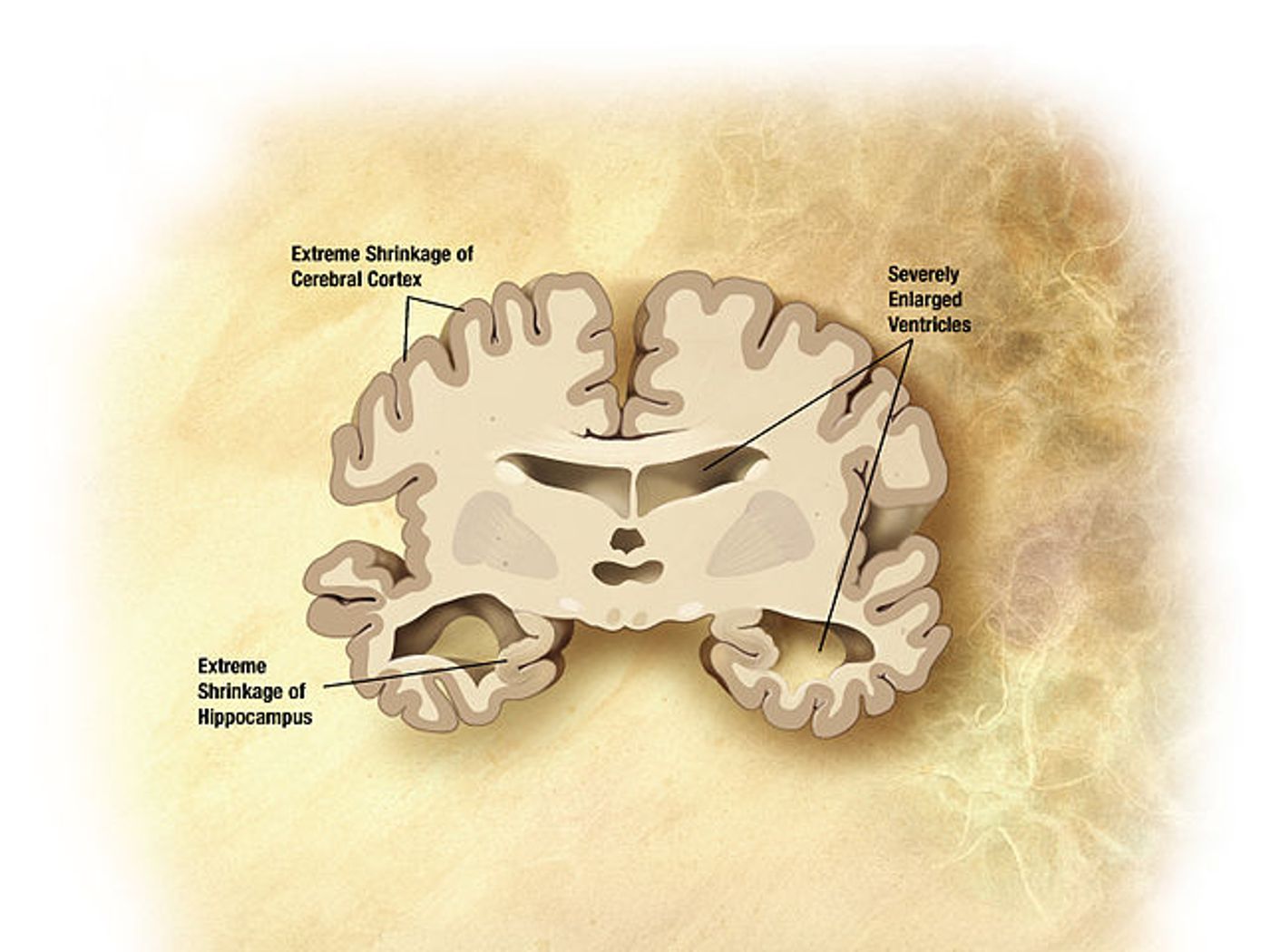Alzheimer’s disease effects millions of people worldwide.
According to Alzheimer’s Disease International there are over 46 million people with the disease globally. There are about 9.9 million new cases each year and in 20 years there is expected to be a doubling of the current number of patients afflicted by Alzheimer’s and other forms of dementia. A diagnosis can be made with certain cognitive tests and by the elimination of other causes of memory loss, but at this time the only definitive way to diagnose the disease is after death by examining brain tissue.
This summer however, a British student who is only 15 years old, came up with an idea for a new way to diagnose the disease years before onset. He submitted the project to the Google Science Fair. Krtin Nithiyanandam, who was born in India but moved to Surrey in the UK as a child has proposed using a “Trojan horse” technique to identify the protein in the brain that destroys the grey matter and results in Alzheimer’s disease. His project earned him the
Scientific American Innovator Award in the competition which carries a $25,000 prize and a year of mentoring from Scientific American
Krtin’s hypothesis was based on the ability of an antibody he developed to be tagged with Quantum Dots, which are fluorescent. Normally biomarkers and other tagged probes would not be able to get all the way to the brain tissue with which it is intended to react. Krtin’s proposal hopes to overcome that obstacle by having the antibody he proposes be one that can pass through the blood brain barrier (BBB), a network of cells that acts as a wall around the brain, keeping out many substances.
When this antibody is injected into the bloodstream Krtin’s project showed that it not only passed through the blood brain barrier, but was actually able to attach firmly on to the protein in the brain that causes Alzheimer’s. It even acted in such a way as to shut down the action of the toxic protein and slow the progress of the disease.
If the BBB is so difficult to breach, how did Krtin’s antibody get in?
It has a low affinity to transferrin receptors (TfRs), potentially allowing it to cross the blood brain barrier through receptor mediated transytosis. In plain English that means that unlike a lot of diagnostic bio-probes, it can slip through and enter the brain. Adding the fluorescent tags makes the antibody show up on imaging.
In an interview with the Daily Telegraph, Krtin said, “The main benefits of my test are that it could be used to diagnose Alzheimer’s disease before symptoms start to show by focusing on pathophysiological changes, some of which can occur a decade before symptoms are prevalent. This early diagnosis could help families prepare for the future and ensure that existing drugs are used to better effect.”
Krtin’s project also asserts that most diagnostic tests are going after the wrong culprit in the disease, namely, beta amyloid monomer plaques. While these are present in the late stages of dementia, they are also present in healthy individuals and so are not a good measure of disease. His approach is to target beta amyloid oligomers which show up in brain tissue before a person starts to show symptoms.
Krtin hopes to continue his research and look at other neurological diseases such as Parkinson’s and hopefully develop diagnostic and treatment options. Check out the video to learn more about this project.









